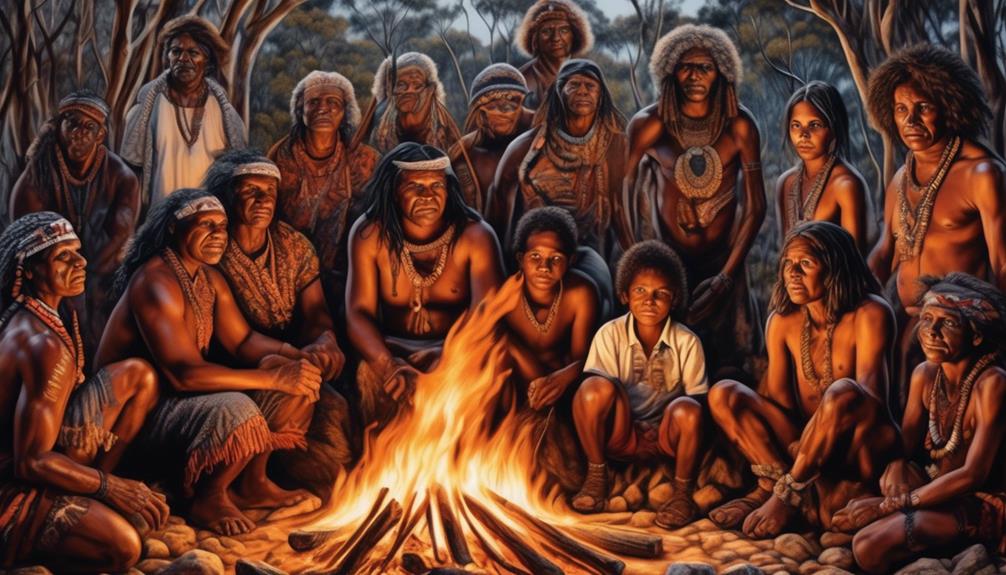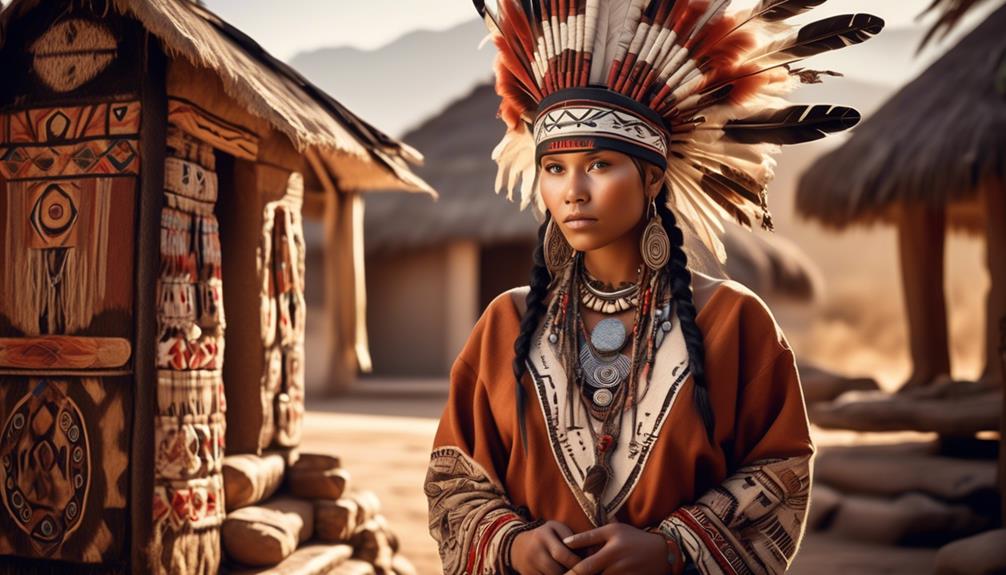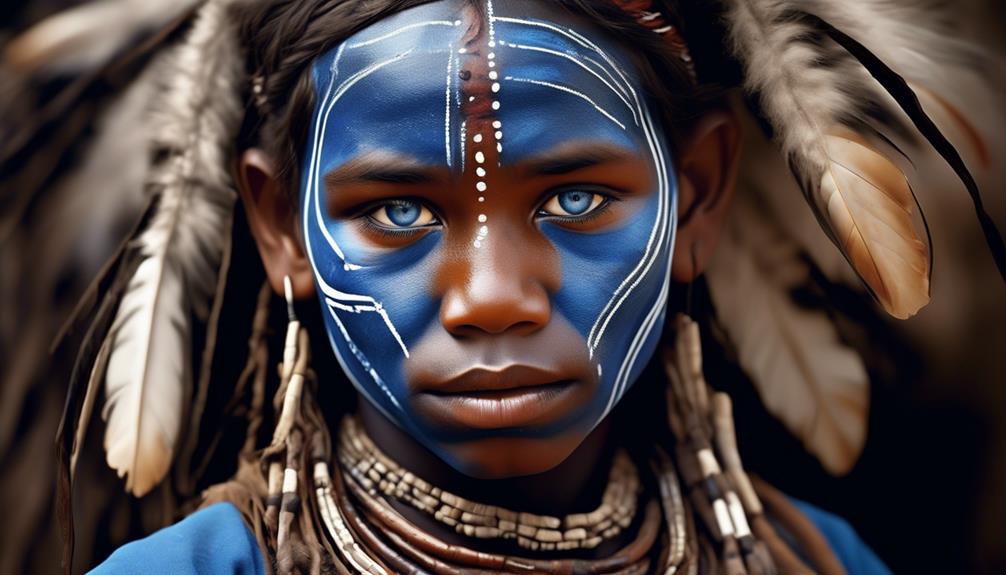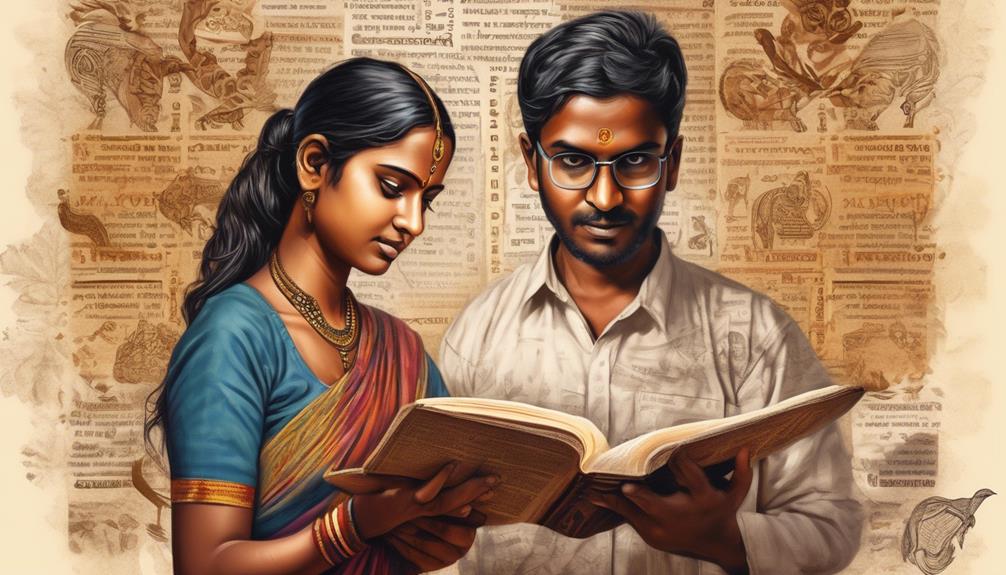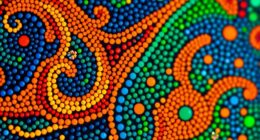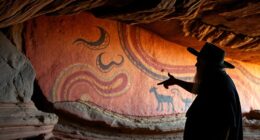Here’s a fact you may not know: the racial identity of Aboriginal Australians is a complex and often debated topic. While some may think they all belong to one homogeneous race, the reality is more intricate.
The question of what race the Aboriginal Australians belong to is not just a matter of scientific classification, but also holds significant cultural and social implications.
As we explore this topic, we'll uncover the historical, cultural, and scientific perspectives that contribute to our understanding of the racial identity of Aboriginal Australians.
Key Takeaways
- Aboriginal Australians have inhabited the continent for centuries and their cultural heritage predates European colonization.
- Aboriginal Australians have diverse cultural practices and belief systems, with a strong connection to the land being central to their identity.
- Genetic research reveals remarkable diversity among different Aboriginal groups, challenging traditional notions of racial classification.
- Historical injustices, ongoing marginalization, and intergenerational trauma have impacted the racial identity of Aboriginal Australians, emphasizing the need for cultural sensitivity and respect for diversity.
Historical Background of Aboriginal Australians
For centuries, the Aboriginal Australians have inhabited the continent, maintaining a rich and diverse cultural heritage that predates European colonization. The historical background of Aboriginal Australians is deeply intertwined with their ancient traditions and aboriginal migration patterns. The indigenous traditions of these communities have been shaped by their connection to the land, spiritual beliefs, and complex social structures.
Aboriginal migration can be traced back over 50,000 years, with diverse groups settling across different regions of Australia. This long history of migration has resulted in a wide array of languages, customs, and traditions among the Aboriginal peoples. Their intricate kinship systems and oral traditions have been vital in preserving their cultural identity over millennia.
Indigenous traditions encompass a deep reverence for the land, which is central to their spiritual beliefs and traditional practices. The Dreaming, for instance, represents the Aboriginal understanding of the world, encompassing their creation stories, lore, and spirituality. These traditions have been integral to their way of life, providing a framework for their societal organization and cultural practices.
Understanding the historical background of Aboriginal Australians is crucial for appreciating their cultural resilience and the challenges they've faced. It also sheds light on the importance of preserving and respecting indigenous cultures.
Cultural Significance and Identity
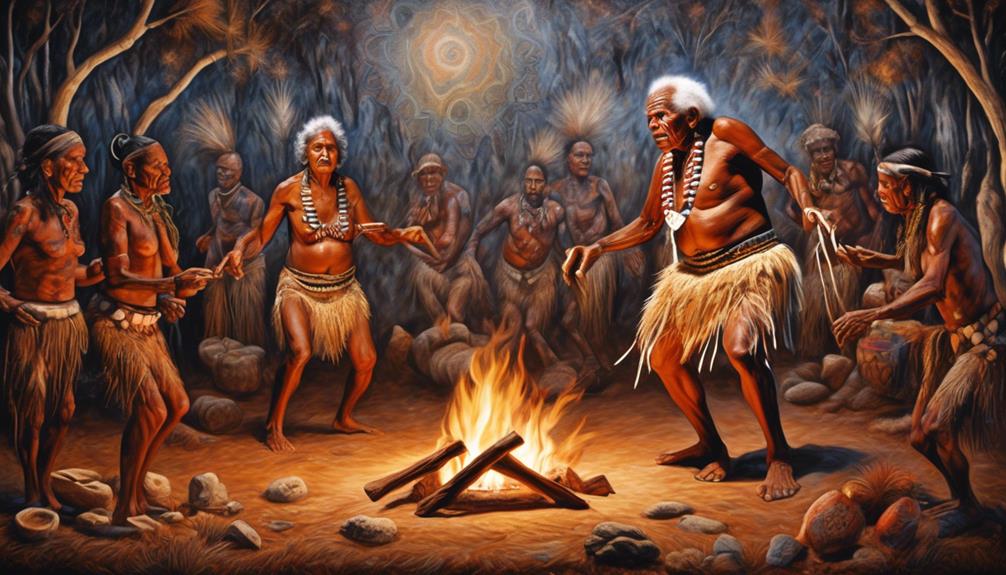
Indigenous Australian cultures exhibit a profound significance and intricate identity shaped by millennia of traditions and interconnectedness with the land. Cultural preservation is paramount in maintaining the rich tapestry of Aboriginal identity, fostering a sense of community belonging and continuity. The diverse cultural practices and belief systems of Aboriginal Australians are deeply rooted in their connection to the land, encompassing rituals, art, storytelling, and kinship structures. This preservation of cultural heritage is essential for sustaining the unique identities of different Indigenous Australian groups and ensuring the transmission of traditional knowledge to future generations.
| Cultural Practices | Belief Systems | Kinship Structures | Rituals |
|---|---|---|---|
| Art and craftsmanship | Dreamtime mythology | Moiety system | Ceremonies |
| Storytelling | Totemic spirituality | Skin group | Initiation rites |
| Dance and music | Ancestral reverence | Kin-based networks | Seasonal rites |
Scientific Perspectives on Aboriginal Race
Scientific research on the racial classification of Aboriginal Australians has revealed a complex and nuanced understanding of their genetic heritage and population history.
Genetic research has shown that Aboriginal Australians are one of the oldest living populations in the world, with a genetic lineage stretching back around 50,000 years. This extensive timeframe has allowed for a rich tapestry of genetic diversity to develop within Aboriginal populations, reflecting their long and varied history across the Australian continent.
Anthropological perspectives have contributed significantly to our understanding of the genetic and cultural diversity among Aboriginal Australians. Studies have demonstrated that there's a remarkable degree of genetic diversity among different Aboriginal groups, challenging traditional notions of racial classification.
Furthermore, these perspectives have highlighted the need to approach the classification of Aboriginal Australians with cultural relativism, acknowledging the diverse cultural and genetic backgrounds that exist within these populations.
Social Implications and Contemporary Debates

The complexity of genetic and cultural diversity among Aboriginal Australians has significant implications for contemporary social debates and interactions within the broader Australian society. When considering contemporary perspectives, it's crucial to acknowledge the historical injustices and ongoing marginalization faced by Aboriginal communities. Social justice initiatives are essential to address the disparities and advocate for the rights and well-being of Aboriginal Australians. Here, we present a table to illustrate some of the key contemporary perspectives and social implications related to the Aboriginal Australian population:
| Contemporary Perspectives | Social Implications |
|---|---|
| Recognition of cultural | Promoting cultural preservation |
| diversity | and traditional knowledge |
| Land rights and self- | Empowerment of Aboriginal |
| determination | communities through land rights |
| Reconciliation efforts | Healing intergenerational trauma |
| Advocacy for indigenous | Addressing systemic inequalities |
| rights | and advocating for social justice |
These perspectives and their associated social implications reflect the ongoing dialogue and efforts towards fostering inclusive and equitable interactions with Aboriginal Australians. It is imperative to recognize and engage with these contemporary debates to work towards a more just and harmonious society.
Understanding the Racial Identity of Aboriginal Australians
Understanding the racial identity of Aboriginal Australians requires an exploration of their rich and diverse cultural heritage, which has been shaped by millennia of connection to the land and a deep sense of belonging. The racial categorization of Aboriginal Australians is a complex and sensitive issue that demands a nuanced understanding. Here are some key points to consider:
- Indigenous Heritage: The Aboriginal Australians have a deep-rooted indigenous heritage that encompasses a wide array of languages, customs, and traditions, reflecting the diversity of their cultural identities.
- Complex Racial Categorization: The racial categorization of Aboriginal Australians can't be simplified into a single classification due to the diverse physical appearances and cultural practices across different Aboriginal groups.
- Colonial Legacy: The colonial history has significantly impacted the racial identity of Aboriginal Australians, often leading to marginalization and discrimination based on racial stereotypes and biases.
- Self-Identification: Aboriginal Australians have the right to self-identify and determine their own racial identity, acknowledging the importance of individual autonomy and cultural self-determination.
- Cultural Sensitivity: Understanding the racial identity of Aboriginal Australians requires cultural sensitivity, respect for diversity, and an appreciation of their unique historical and cultural experiences.
Frequently Asked Questions
What Are the Main Challenges Facing Aboriginal Australians in Contemporary Society?
In contemporary society, health disparities and discrimination pose significant challenges for Aboriginal Australians. Limited access to quality education and employment opportunities further exacerbate these issues.
Addressing these challenges requires a comprehensive approach that involves improving healthcare access, combating discrimination, and creating more inclusive educational and employment policies.
How Do Aboriginal Australians View Their Cultural and Spiritual Connection to the Land?
We believe that Aboriginal Australians perceive their cultural identity and spiritual connection to the land as integral to their existence. Their deep-rooted beliefs and practices are closely tied to the land, shaping their sense of belonging and cultural heritage.
This connection emphasizes the importance of respecting and preserving the land, reflecting a profound understanding of their unique relationship with the environment. Such perspectives provide valuable insights into the significance of land in shaping Aboriginal Australians' cultural identity and spirituality.
What Are Some Common Misconceptions About the Genetic Makeup of Aboriginal Australians?
Misunderstood genetics of Aboriginal Australians often lead to misconceptions about their cultural identity. Many falsely assume homogeneity, overlooking the diversity within communities.
Genetics shouldn't overshadow the richness of their heritage. This oversight perpetuates harmful stereotypes and neglects the complex historical and cultural factors at play.
Understanding the true complexity of their genetic makeup is crucial in respecting their unique cultural identity.
How Has the Colonial History of Australia Impacted the Social and Economic Status of Aboriginal Communities?
The impact of colonization on Aboriginal communities has been significant, leading to social inequality and economic disparities. The historical denial of Indigenous rights and the imposition of Western systems have perpetuated these issues.
This has resulted in ongoing socio-economic challenges for Aboriginal communities. Understanding the historical context and its implications is crucial in addressing the complex and deeply entrenched issues faced by Aboriginal Australians.
What Are Some Current Debates Surrounding the Preservation and Protection of Aboriginal Cultural Practices and Traditions?
Preserving traditions is crucial, but the cultural appropriation debate complicates it. It's an ongoing struggle to protect and respect Aboriginal cultural practices and traditions.
As we navigate this debate, it's essential to listen to Aboriginal voices and prioritize their perspectives. Understanding the complexities of these issues is key to finding a balanced approach that honors and safeguards Aboriginal heritage while also promoting cultural understanding and collaboration.
Conclusion
In conclusion, the racial identity of Aboriginal Australians is complex and deeply rooted in their historical and cultural significance. It's important to recognize that they're the oldest living culture in the world, with a history spanning over 65,000 years.
According to the 2016 Australian Census, there were 798,365 people who identified as Aboriginal or Torres Strait Islander, making up 3.3% of the total population. Understanding and respecting their racial identity is crucial for promoting cultural diversity and inclusion.
Mary is a passionate writer who brings creativity and a fresh perspective to our team. Her words have the power to captivate and inspire, making her an essential contributor to our content. Mary’s commitment to storytelling and dedication to promoting Indigenous culture ensures that her work touches the hearts of our readers. We’re fortunate to have her as part of our team.
